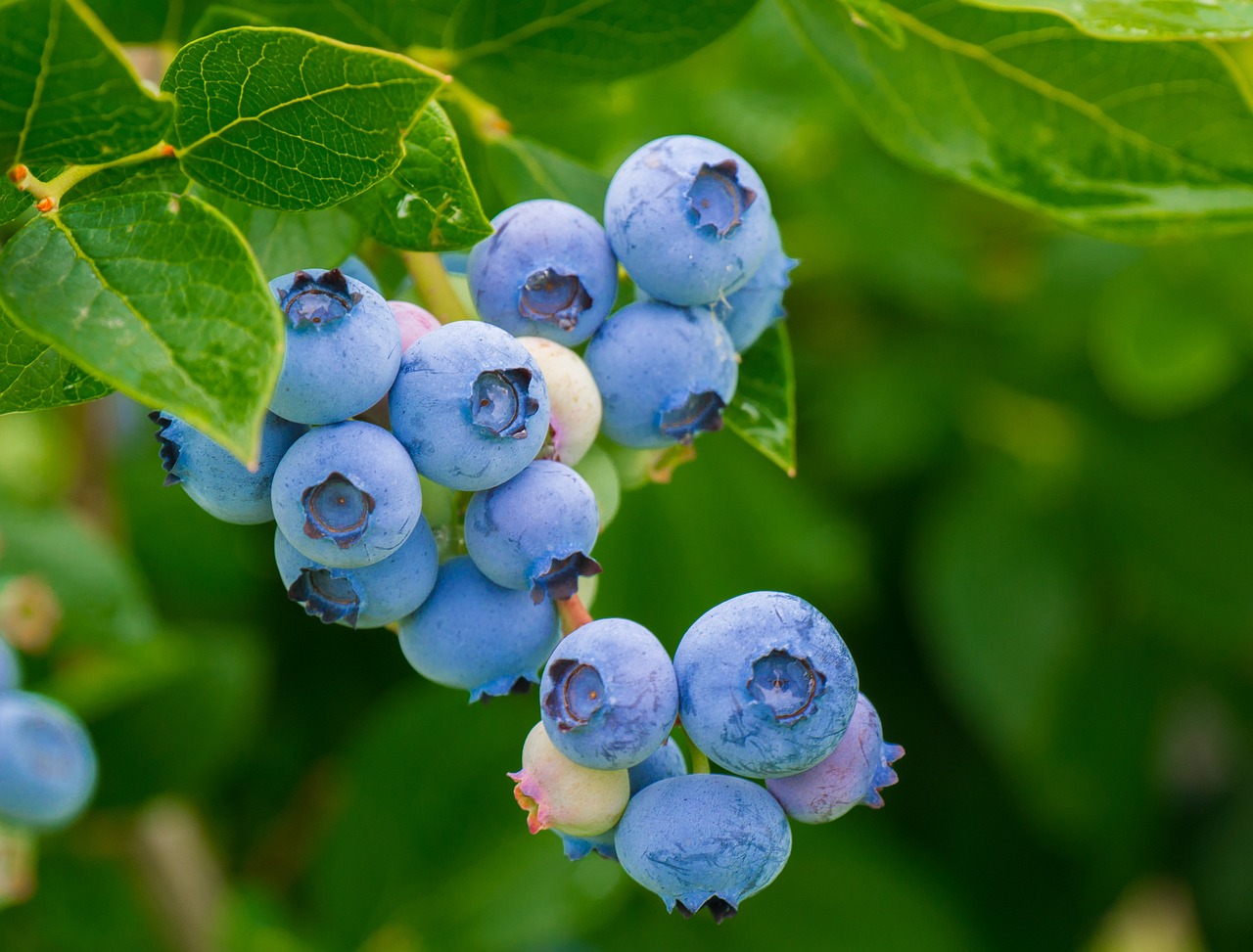Blueberries are a lucrative crop for farmers seeking profitable opportunities. The global demand for blueberries is on the rise, and there’s a growing market for locally sourced blueberries. However, the profitability of blueberry farming depends on several factors, with acreage being one of the most crucial.
The ideal acreage for blueberry farming depends on various factors such as crop yield, soil characteristics, and plant variety. For instance, blueberry plants thrive in acidic soils with a pH range of 4.5-5.5. If your soil’s pH level is outside this range, you’ll need to amend it before planting blueberries. Additionally, blueberry plants require specific nutrients such as nitrogen, phosphorus, and potassium, which should be present in adequate amounts in the soil to support healthy plant growth.
Another essential factor that affects blueberry farm profitability is crop yield. Blueberry plants can produce a bountiful harvest for up to 20 years if well-maintained, but the yield varies depending on several variables. These include the plant variety, age, pruning technique, and weather. High-yielding blueberry varieties such as Jersey and Bluecrop can produce up to 8,000 pounds of berries per acre. However, low-yielding varieties, poor pruning techniques, and unfavorable weather conditions can reduce the crop yield, thus impacting the profitability of your blueberry farm.
In general, blueberry farms require more acreage than other crops to achieve optimal profitability. However, the ideal acreage varies depending on several factors such as soil fertility, climate, and market demand. A typical blueberry farm may range from five to twenty-five acres, with some farms even exceeding 100 acres.
When planning on how many acres to farm, consider starting small and gradually scaling up as your business grows. Cultivating a smaller area allows you to experiment with different plant varieties and farming techniques without incurring significant losses. It also helps you manage the farm efficiently, reducing the risk of crop failure, pest infestation, or weather damage.
Additionally, do thorough research on the market demand for blueberries in your region. Blueberries have a short shelf life and are perishable, meaning you must have a ready market for your harvest. Consider partnering with local grocery stores, farmers’ markets, or restaurants to guarantee a market for your blueberries.
Another critical factor that affects blueberry farm profitability is the cost of production. The cost of producing blueberries varies depending on several factors such as labor costs, irrigation, pesticides, fertilizers, and equipment. To maximize your profits, ensure you keep production costs low while maintaining high-quality standards. Investing in modern technologies such as precision farming, automated irrigation systems, and mechanical harvesters can help reduce labor costs, thus making your blueberry farm more profitable.
Blueberry farming can be profitable if well-planned, executed, and maintained. The ideal acreage for successful blueberry farming depends on several factors such as crop yield, soil characteristics, plant variety, and market demand. Aspiring blueberry farmers should start small and scale up gradually, depending on their business’s growth. Additionally, keeping production costs low, investing in modern technologies, and having a ready market for your harvest can increase your blueberry farm’s profitability.
The Author:
Pioneerthinking.com – Ingredients for a Simple Life.
Photo. Christel
